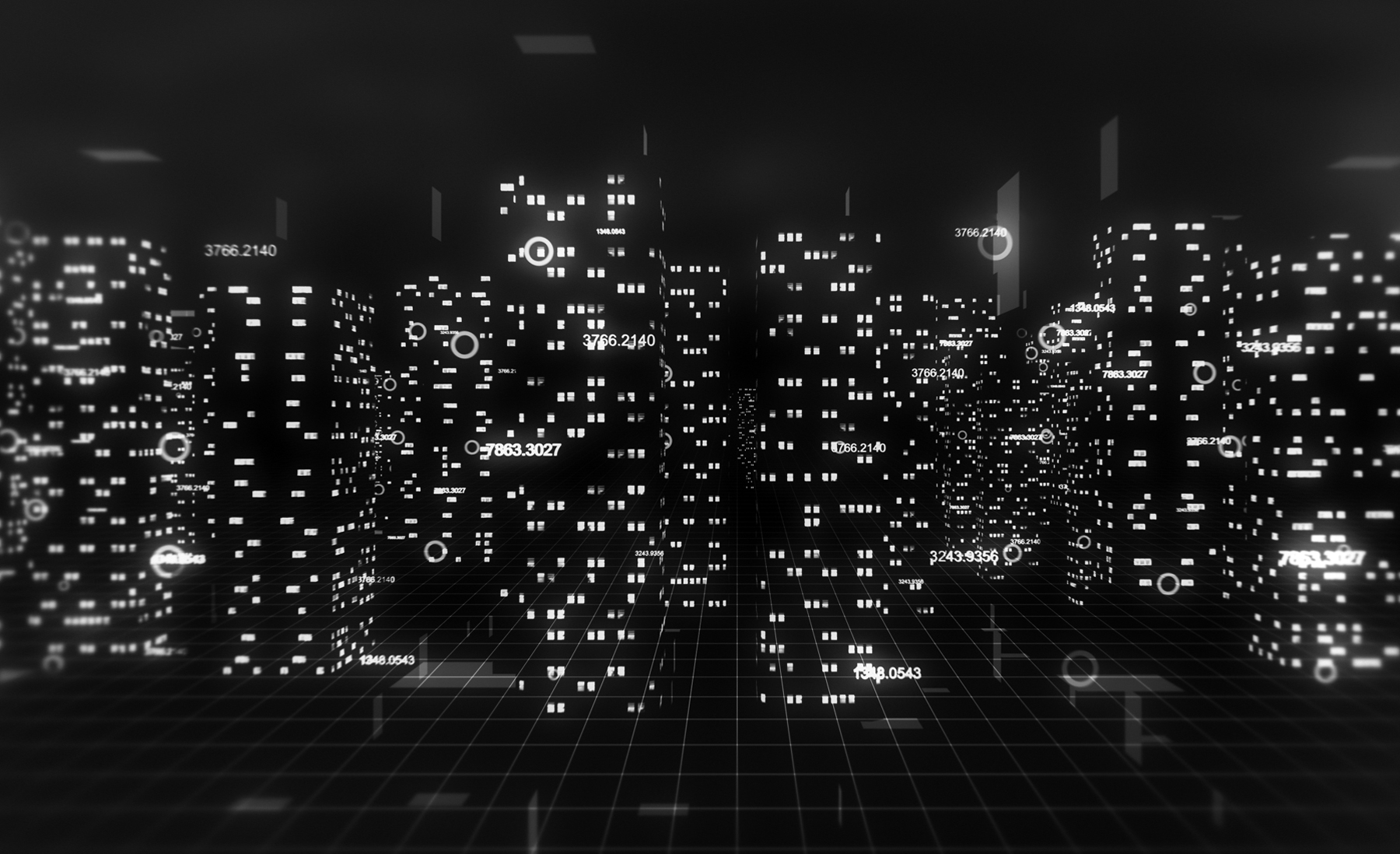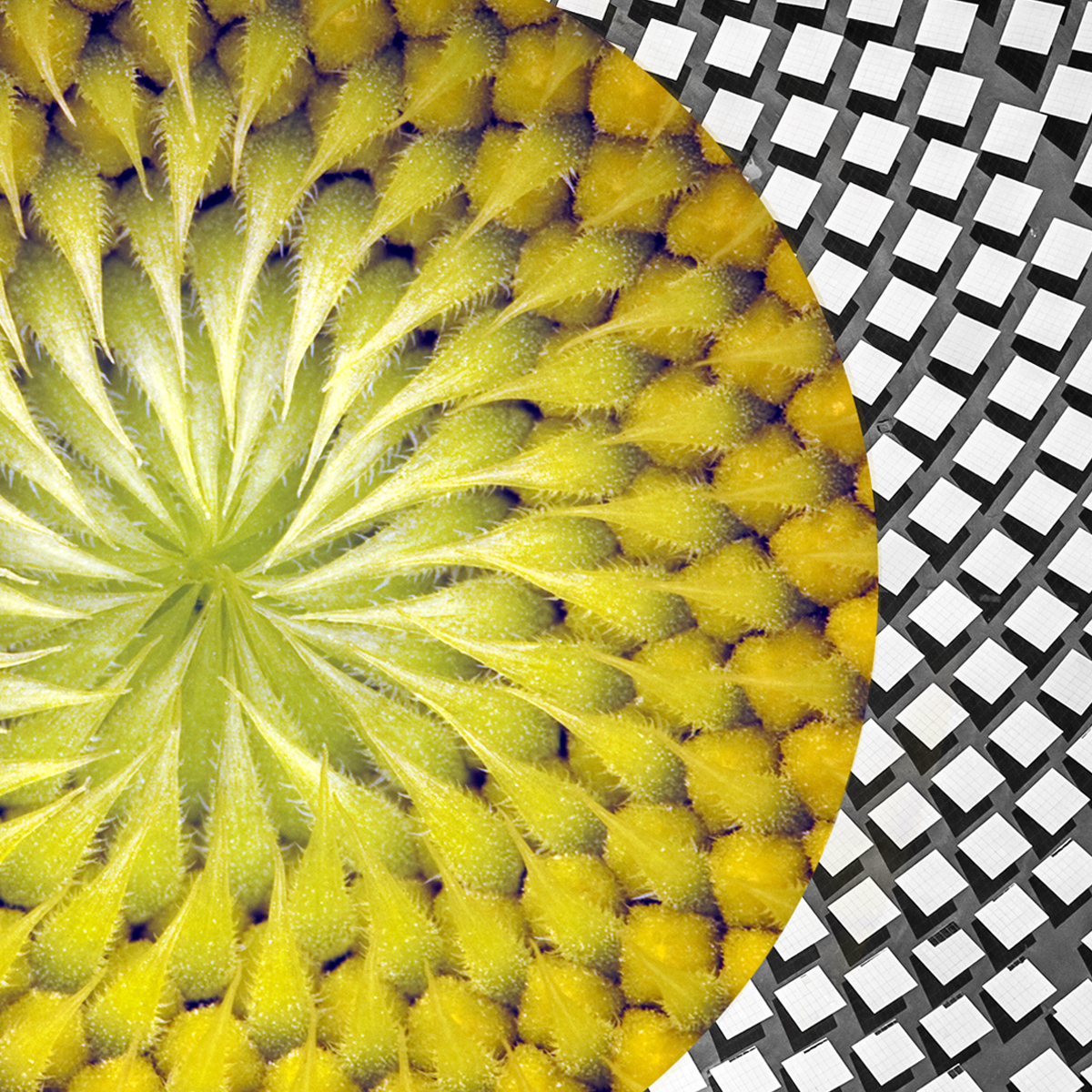
From the early reliance on natural structures such as caves or waterways to today's pure expressions of humanity through steel structures, our influence on the Earth through design has been gradually evolving.
Now we are facing an uncompromising reality where that very evolution must be put back into balance. Climate change at times has felt like a force we must push against. Words like resilience, adaptability, and elasticity come into play when we describe ways in which we need to alter the traditional practice of architecture to create spaces that will remain for the next 100 years.
Those words speak to adjustments that need to be made to further withstand or quickly recover from inevitable conditions. The problem with this thinking is it pits humanity against nature; a battle we will certainly not win. In addition, the adjustments can no longer occur gradually.
However, if we choose to think about what lies ahead of us as an opportunity to re-engage with nature, we may be able to find the balance we seek.
Tackling Design's 'Impossible' Problems
From the early reliance on natural structures such as caves or waterways to today's pure expressions of humanity through steel structures, our influence on the Earth through design has been gradually evolving.
Now we are facing an uncompromising reality where that very evolution must be put back into balance. Climate change at times has felt like a force we must push against. Words like resilience, adaptability, and elasticity come into play when we describe ways in which we need to alter the traditional practice of architecture to create spaces that will remain for the next 100 years.
Those words speak to adjustments that need to be made to further withstand or quickly recover from inevitable conditions. The problem with this thinking is it pits humanity against nature; a battle we will certainly not win. In addition, the adjustments can no longer occur gradually.
However, if we choose to think about what lies ahead of us as an opportunity to re-engage with nature, we may be able to find the balance we seek.

At Flad, we not only accept this reality, but we embrace it as an opportunity. These are important issues that demand our time and resources to address. That's why Flad formed an internal research think tank, which gives team members an opportunity to step back from the day-to-day challenges and solutions of our work and ponder big-picture questions. The goals of this think tank were threefold:
- Create a collaborative space to tackle the seemingly impossible problems we must begin questioning now
- Strengthen employee connections and collaboration across our offices.
- Reinvigorate our passion for our work by allowing time for big-picture thinking.

It is important to note each of these three pieces is paramount in accomplishing real change fast. To rethink how we design buildings in ways that not only adapt to uncertain risks, but foster a relationship with nature, we need to come to the problems with passion, optimism, and fearlessness.
Each meeting of the think tank begins with a short mindfulness activity. Whether it be a breathing exercise or a body scan meditation, the entire group leaves work at the virtual door and prepares our minds to be present.
The focus for this think tank is "Scenario Planning for Future What Ifs." In each series of the initiative, we select a different what-if question and break into multiple teams to tackle the question from different points of view. The inaugural question was "What If the Grid Goes Down?" In many of our office locations across the U.S., this hypothetical became reality in the last year. Scheduled brown or blackouts and unintended grid outages due to storms, fires, etc. brought this question home to the group.
One team began at a global scale, then stepped inwards to a national, regional, state, and city level, to explore what the grid offers.
- Which aspects can the community survive without and for how long?
- Besides power supply, what other interconnected systems work in harmony to form the grid?
- How resilient/vulnerable is the existing grid?
The group then chose a specific Flad healthcare project on Florida's gulf coast in the early design phases as a case study for a detailed exploration. Large-scale healthcare facilities can be refuges for the community in times of natural disaster. In addition, as a typical part of the design process these types of facilities are assessed for emergency power production supplied on site. The team chose to look at the facility as an ideal safe haven if the grid goes down.
The team ran the site through Flad's Resilience Toolkit – a resource crafted by the Sustainability and Data & Analytics teams to assess environmental, social, and ecosystem vulnerabilities. The insights gained through this analysis aided the team in understanding which specific vulnerabilities would be magnified in a power outage. Taking this research into account, through the lens of a community refuge, we considered how we might alter the design to be more resilient.
Coincidentally in the latter weeks of the think tank's work, Hurricane Ian, a Category 5 hurricane, hit the area of this project. At an estimated cost of $50-$65 billion in damages, it highlighted not only that designing for resilience is something we should do, but also the real costs if we do not.
Many of Flad's clients operate critical healthcare or highly technical research facilities that must maintain power with emergency preparedness plans in place. Those plans often rely on fossil-fuel-based, back-up power sources, which can adapt to short breaks in power supply but not long-term outages. This think tank allows space, away from the pressures of billable work deadlines, to devise longer lasting solutions.
There is no simple way to complete this work with a feeling that we've crossed a finish line, but that isn't the goal. By allowing this think tank to simply exist and creating a space where individuals can bring their whole minds and full selves, we can shift the mindset to a belief we may find resolutions that work with nature.

We don't believe we will ever run out of what-if scenarios. In fact, this exercise has only uncovered deeper problems to be solved through this work. But we are thinking differently.
We hope that as we continue scenario planning for the future, we'll be able to offer our clients even more holistic and meaningful design solutions.